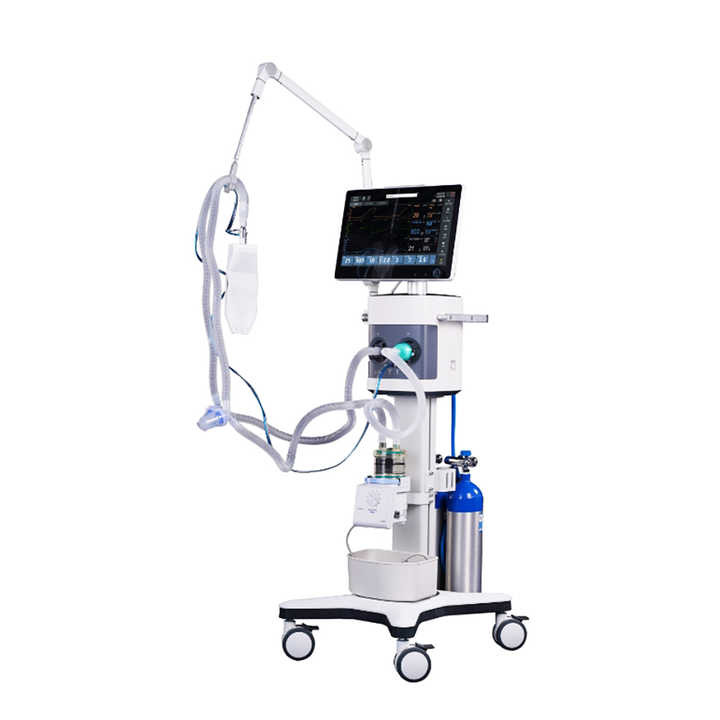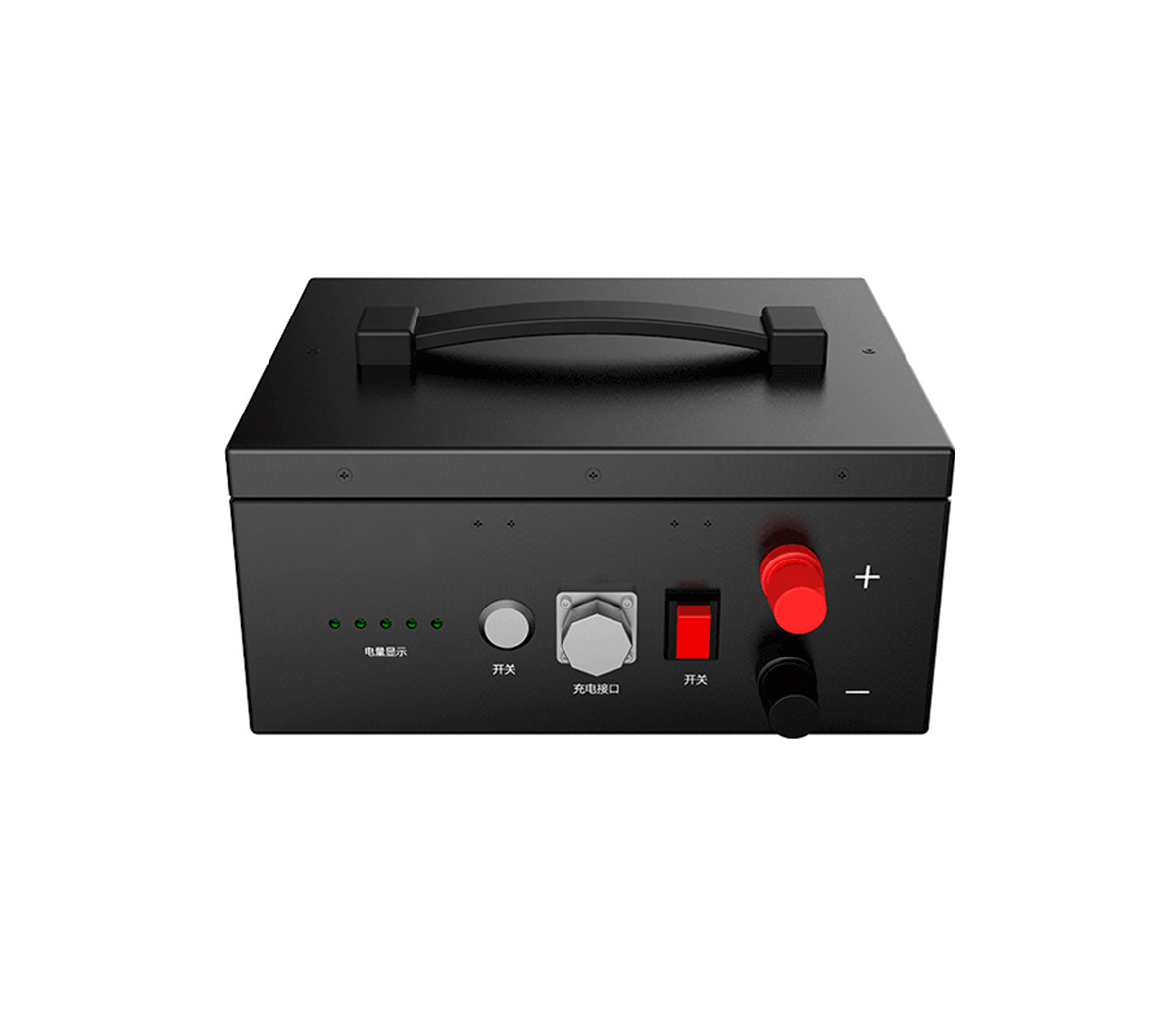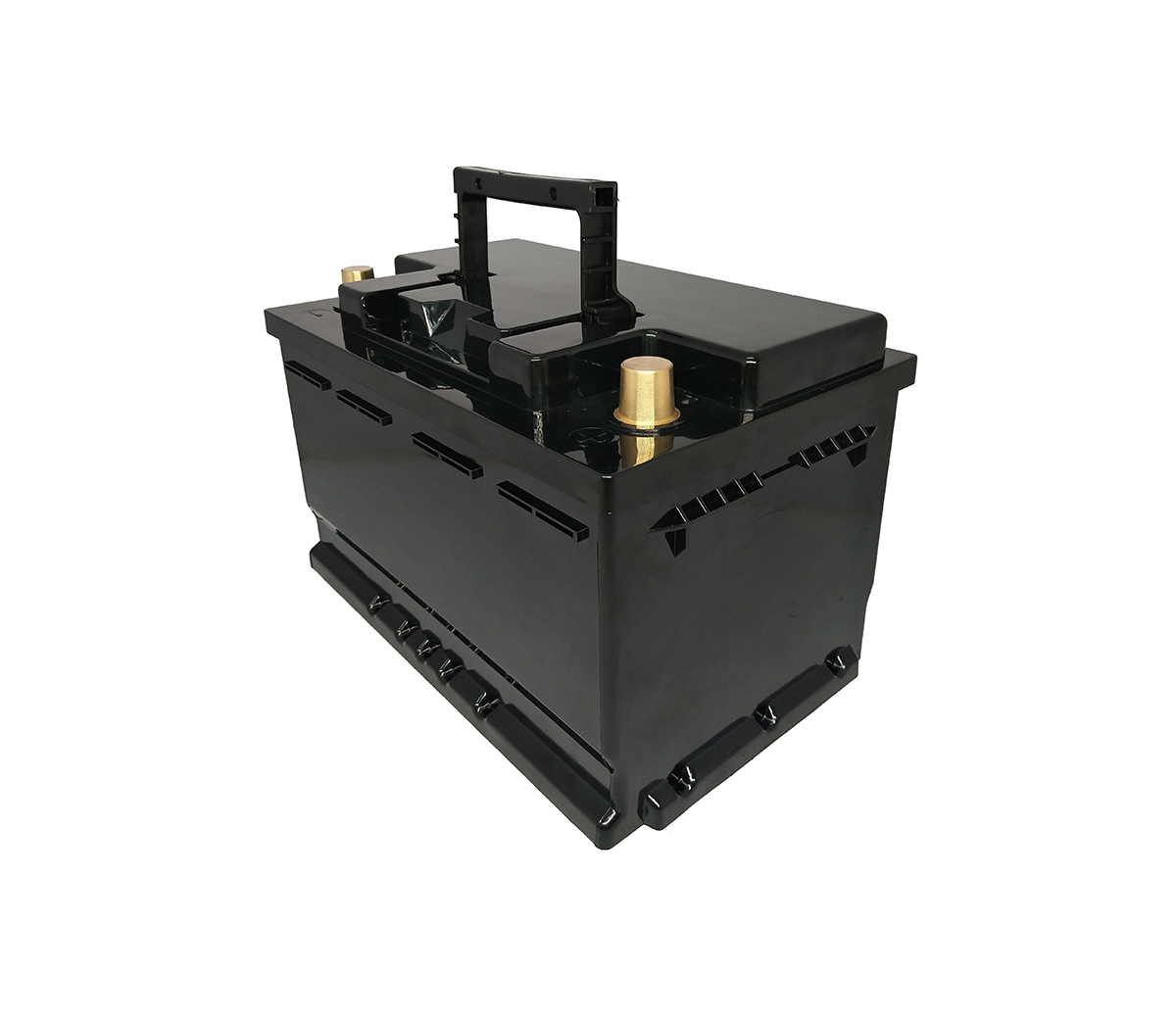
In order to further ensure the safety of finished lithium-ion batteries in
use, protection against overcharge, overdischarge, overcurrent and short circuit
is very important. Therefore, protection circuits are usually designed in the
battery pack to charge and discharge the battery. Carry out effective monitoring
and shut down the charge and discharge circuits under certain conditions to
prevent damage to the battery.
In recent years, more and more products such as PDAs, digital cameras,
mobile phones, and portable audio equipment use lithium-ion batteries as their
main power source. However, unlike nickel-cadmium and nickel-hydrogen batteries,
lithium-ion batteries must be charged and Safety during discharge to prevent
deterioration of characteristics. At present, both square and cylindrical
lithium-ion batteries have adopted certain safety protection measures, such as
explosion-proof holes, diaphragms, and PTC. In order to further ensure the
safety of finished lithium-ion batteries in use, protection against overcharge,
overdischarge, overcurrent and short circuit is very important. Therefore,
protection circuits are usually designed in the battery pack to charge and
discharge the battery. Carry out effective monitoring and shut down the charge
and discharge circuits under certain conditions to prevent damage to the
battery. Under normal circumstances, the protection circuit of lithium-ion
batteries is composed of a protection IC and two power MOSFETs. The protection
IC monitors the battery voltage and switches to an external power MOSFET to
protect the battery and protect the IC when it is overcharged or discharged. Its
functions include over-charge protection, over-discharge protection, and
over-current/short-circuit protection.
1. Normal state In the normal state, the MOSFETs in the circuit are in the
on state, and the battery can be charged and discharged freely. Because the
on-resistance of the MOSFET is very small, usually less than 30 milliohms, its
on-resistance affects the performance of the circuit. The impact is small. In
this state, the current consumption of the protection circuit is μA, usually
less than 7 μA.
2. Overcharge protection
The charging method required for lithium-ion batteries is constant
current/constant voltage. In the initial stage of charging, it is constant
current charging. With the charging process, the voltage will rise to 4.2V and
switch to constant voltage charging until the current becomes smaller and
smaller.
When the battery is being charged, if the charger circuit loses control,
the battery voltage will continue to be charged with constant current after the
battery voltage exceeds 4.2V. At this time, the battery voltage will continue to
rise. When the battery voltage is charged to more than 4.3V, the battery’s
chemistry Side reactions will intensify, which may cause damage to the battery
or safety issues, and the charging state must be terminated. At this time, the
protection IC detects the battery voltage, and when it reaches 4.28V (assuming
the battery overcharge point is 4.28V), the overcharge protection is activated,
and the power MOSFET is switched from on to off, and then the charging is
stopped. In addition, you must also pay attention to the malfunction of
overcharge detection caused by noise, so as not to be judged as overcharge
protection. Therefore, it is necessary to set the delay time, which is usually
about 1 second. And the delay time cannot be shorter than the duration of the
noise.
3. Over-discharge protection
In the process of discharging the battery to an external load, its voltage
will gradually decrease with the discharging process. In the case of
over-discharge, the electrolyte will decompose and cause the battery
characteristics to deteriorate. If the battery continues to discharge the load
at this time, it will cause permanent damage to the battery.
During the battery discharge process, when the control IC detects that the
battery voltage is lower than 2.3V (this value is determined by the control IC,
different ICs have different values), the over-discharge protection will be
activated and the power MOSFET will be switched from on to off and cut off.
Discharge to avoid over-discharge of the battery and keep the battery in a low
quiescent current standby mode, where the current is only 0.1μA. When the
lithium-ion battery is connected to the charger and the voltage of the
lithium-ion battery is higher than the over-discharge voltage, the
over-discharge protection function can be released. In addition, considering the
pulse discharge, the over-discharge detection circuit is equipped with a delay
time to avoid malfunction.
4. Overcurrent protection
The overcurrent is caused by unknown reasons. To ensure safety, the
discharge must be stopped immediately. That is, when the discharge current is
too large, the protection IC will activate the over-current protection. At this
time, the over-current detection uses the Rds(on) of the power MOSFET as the
inductive impedance to monitor the voltage drop. If it exceeds the predetermined
value If the current detection voltage is still high, the discharge will stop.
The calculation formula is: V=I×Rds(on)×2 (V is the over-current detection
voltage, I is the discharge current). Similarly, the over-current detection must
also have a delay time to prevent Malfunction occurs when a sudden current flows
in. The delay time is usually about 13 milliseconds. Generally, after the
overcurrent is generated, if the overcurrent factor can be removed (for example,
immediately separated from the load), the normal state will be restored, and
normal charging and discharging operations can be performed.
5. Short circuit protection
The short circuit is caused by an unknown reason. To ensure safety, the
discharge must be stopped immediately. When a short-circuit condition occurs,
the protection IC will activate the short-circuit protection. The delay time of
short circuit protection is extremely short, usually less than 7 microseconds.
Its working principle is similar to that of over-current protection, but the
judgment method is different, and the protection delay time is also
different.
At present, the company is conducting research and development of various
batteries. From a long-term perspective, assembling finished batteries is also
one of our goals. The protection circuit will be one of the important components
we consider. With the wider application of lithium-ion batteries, the
requirements for protection circuits are getting higher and higher. In the
future, the protection IC will further improve the accuracy of the detection
voltage, reduce the current consumption of the protection IC, and improve the
functions of preventing malfunctions. As the size of mobile phones becomes
smaller and smaller, the requirements for the protection circuit volume of
lithium-ion batteries are getting smaller and smaller. In the past two years,
there have been products that integrate control IC and MOSFET into a protection
IC, such as DIALOG's For DA7112 series, some manufacturers even encapsulate the
entire protection circuit into a small-sized IC, such as the product of
MITSUMI.



































